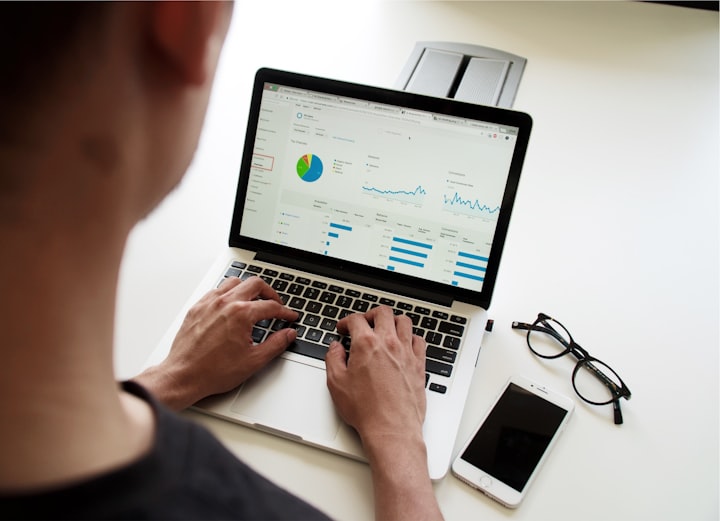How to use big data effectively
Big data benefits

Big data refers to the massive volume of data that is generated and collected by organizations, individuals, and machines. With the right tools and techniques, big data can be used to uncover insights, make informed decisions, and drive business growth. In this article, we will explore how individuals and organizations can use big data effectively.
Define your objectives and goals
Before you start collecting and analyzing big data, it is important to define your objectives and goals. What are you hoping to achieve by using big data? What specific questions do you want to answer? Having a clear understanding of your goals will help you focus your efforts and ensure that you are collecting the right data.
Identify the right data sources
There are a vast number of data sources available, and it is important to identify the ones that are relevant to your objectives. This might include internal data such as sales data or customer feedback, as well as external data such as social media activity or market trends. Once you have identified your data sources, you will need to ensure that you can collect, store, and process the data effectively.
Clean and preprocess the data
Before you can analyze the data, it is important to clean and preprocess it. This involves removing any duplicates or errors, formatting the data into a usable format, and ensuring that it is consistent and accurate. This process can be time-consuming, but it is essential for ensuring that your analysis is based on accurate and reliable data.
Use the right analytical tools
There are a wide range of analytical tools available for working with big data, including statistical analysis, machine learning, and data visualization tools. The key is to choose the right tool for the job, based on your objectives and the type of data you are working with. For example, machine learning might be useful for identifying patterns in large datasets, while data visualization tools can help you communicate insights to stakeholders.
Interpret the results
Once you have analyzed the data, it is important to interpret the results in the context of your objectives and goals. What insights have you uncovered? What actions should you take as a result? It is important to involve stakeholders in the interpretation process, and to communicate your findings clearly and effectively.
Iterate and refine your approach
Big data analysis is an iterative process, and it is important to refine your approach based on your findings. This might involve collecting additional data, adjusting your analysis methods, or refining your objectives and goals. By continually refining your approach, you can ensure that you are getting the most out of your big data analysis efforts.
Ensure data security and privacy
With the vast amount of data being collected and analyzed, it is important to ensure that the data is secure and privacy regulations are followed. This includes implementing data encryption and access controls, as well as complying with data protection laws and regulations.
Build a strong data team
Building a strong data team is key to effectively using big data. This might include data scientists, data engineers, and data analysts who can work together to collect, process, analyze, and interpret the data. It is also important to ensure that the team has the necessary skills and expertise to work with big data.
Use real-time data analysis
Real-time data analysis can provide valuable insights into customer behavior, market trends, and other important data points. By using real-time data analysis tools, you can quickly identify trends and take action before it is too late.
Communicate findings effectively
Communicating findings effectively is crucial for ensuring that stakeholders understand the insights and can take action based on them. This might involve using data visualization tools to create compelling visualizations or presenting the data in a way that is easily understandable to non-technical stakeholders.
Consider scalability
As the volume of data grows, it is important to ensure that your data infrastructure and analytical tools can scale accordingly. This might involve using cloud-based solutions that can handle large datasets, or investing in scalable hardware and software.
Experiment and innovate
Finally, it is important to experiment and innovate with your big data approach. This might involve trying out new analytical tools, experimenting with different data sources, or exploring new data visualization techniques. By experimenting and innovating, you can stay ahead of the curve and continue to uncover valuable insights from big data.
In summary, using big data effectively requires a clear understanding of objectives and goals, identifying the right data sources, cleaning and preprocessing the data, using the right analytical tools, interpreting the results, ensuring data security and privacy, building a strong data team, using real-time data analysis, communicating findings effectively, considering scalability, and experimenting and innovating. By following these tips, individuals and organizations can harness the power of big data to make informed decisions and drive business growth.





Comments
There are no comments for this story
Be the first to respond and start the conversation.